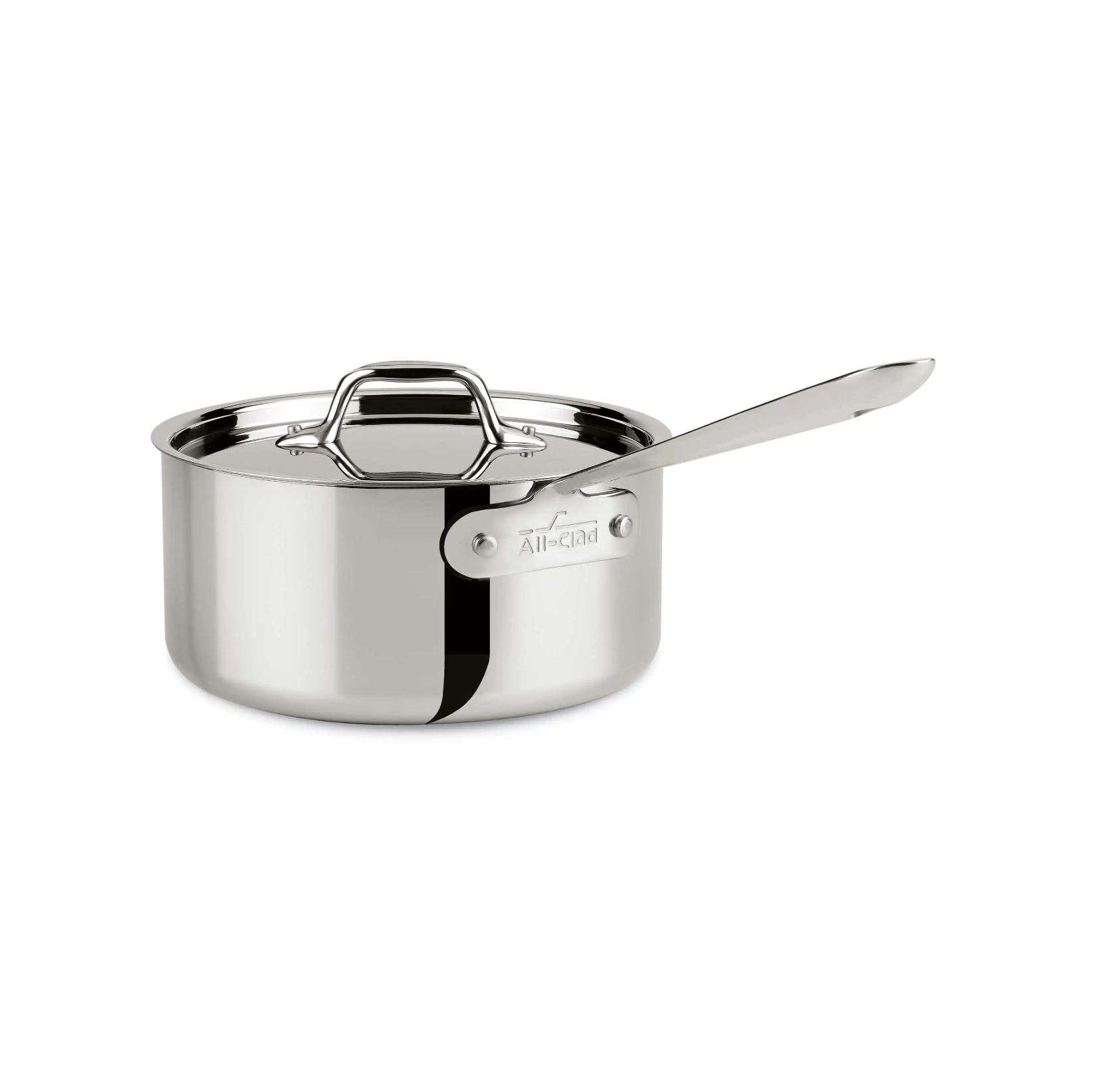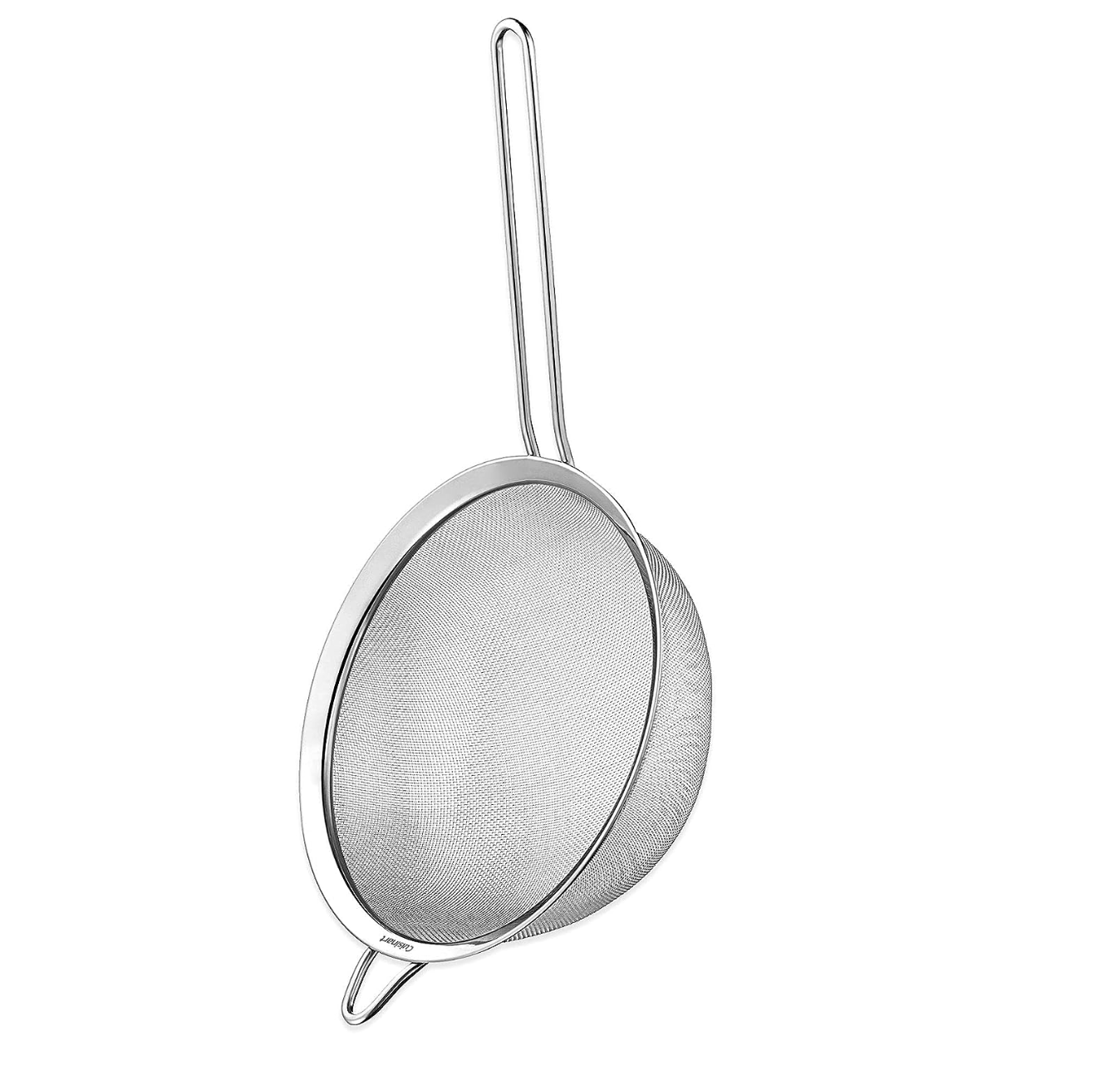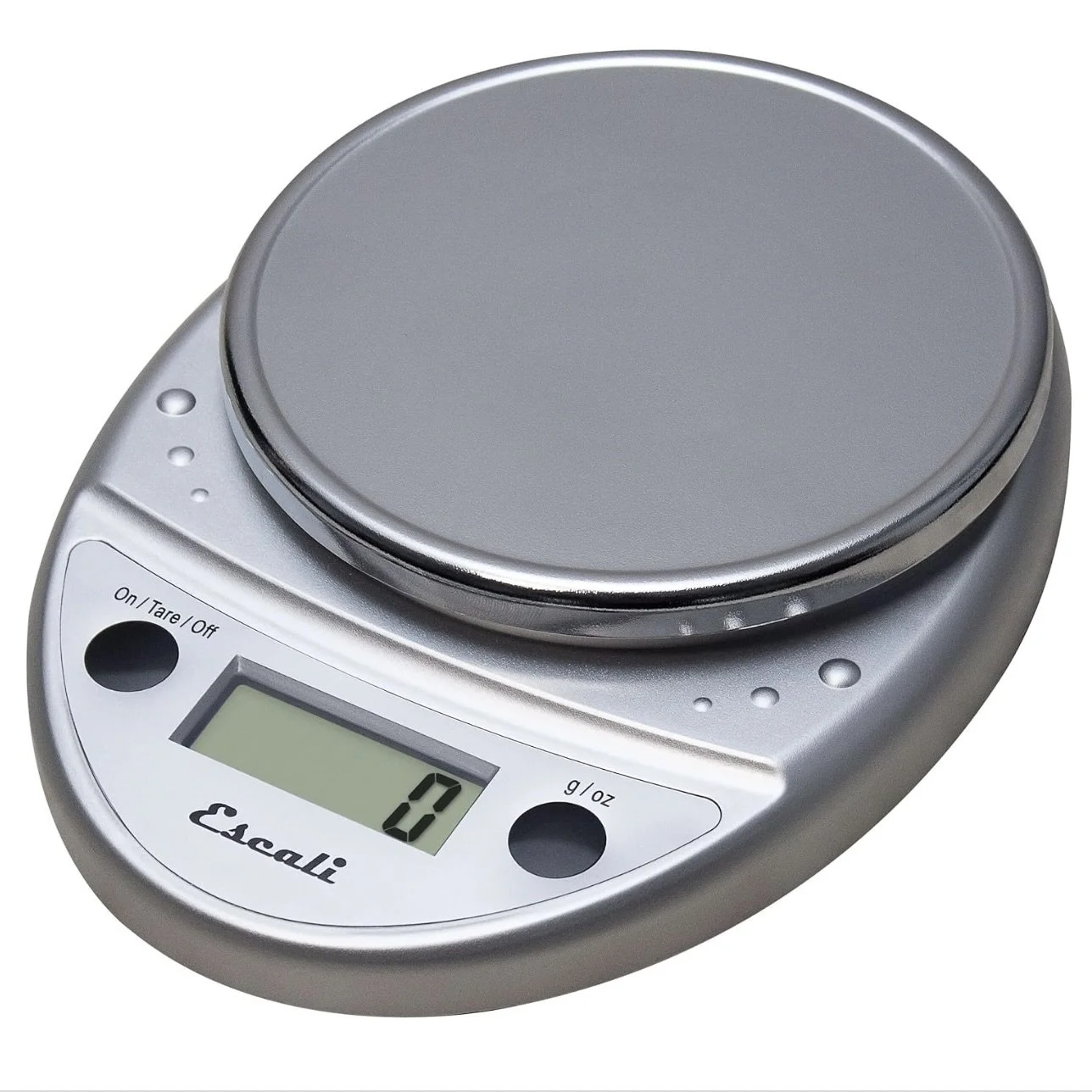Fiocchi di Neve (Italian Snowflakes)
Makes 15 My first step in pursuing a career in food was a month-long cooking course in Florence, Italy. After class, my instructor always gave me “homework” of must-try foods around the city. One assignment was Fiocchi di Neve—and it was easily one of the best bites of the trip.
Originally from Pasticceria Poppella in Naples, these mini, melt-in-your-mouth brioches are filled with a luscious ricotta cream. This brioche recipe uses the Tangzhong method, a Japanese milk bread technique of pre-cooking part of the flour, to create the softest, most pillowy rolls imaginable. The ricotta is thickened, flavored with vanilla, and folded into whipped cream for a light, cloud-like texture. With its higher fat content, the brioche takes longer to rise—but the wait is more than worth it.
WHAT YOU’LL NEED
INGREDIENTS
Tangzhong
2 ½ tbsp all-purpose flour (25 g)
125 ml whole milk (125 g)
Brioche Dough
1 ¾ cup all-purpose flour (225 g)
¼ cup granulated sugar (50 g)
½ tsp kosher salt
1 ½ tsp instant yeast
¼ tsp lemon zest
1 tbsp + 1 tsp whole milk (25 g)
1 large egg
5 tbsp unsalted butter, room temp (70 g)
Tangzhong (prepared above, fully cooled)
Ricotta Filling
200 ml whole milk (200 g)
1 tbsp + 1 tsp granulated sugar (20 g)
2 tbsp cornstarch (20 g)
¾ cup whole milk ricotta, strained (or fresh sheep milk ricotta if available) (200g)
⅔ cup heavy cream (150 g)
½ cup + 1 tbsp powdered sugar, plus extra for dusting (75 g)
1 tsp vanilla bean paste (or vanilla extract)
DIRECTIONS
Make the Tangzhong
In a small saucepan over medium heat, whisk together the milk and flour until thick and paste-like (2-3 minutes). Remove from heat and let cool for 10 minutes.
Make the Dough
Add the Tangzhong to the bowl of a stand mixer fitted with a dough hook. Add all dough ingredients except the butter and mix on low speed until a dough forms (about 2 minutes). Increase speed to medium-low and knead for 7 minutes, until smooth and elastic (scrape down any dry patches of flour as needed).
Add the butter 1 tablespoon at a time, waiting until fully incorporated before adding more. Once all butter is added, knead for 7-10 minutes more, until soft, smooth, and slightly tacky.
Transfer to a lightly greased bowl, cover with plastic wrap, and let rise in a warm spot until doubled (2.5-3 hours). Meanwhile, make the Ricotta Filling.
Punch down the dough and divide into 15 equal pieces (35g each). Roll each into a smooth ball on an unfloured surface. Arrange evenly on a parchment-lined baking sheet, cover loosely with plastic wrap, and let rise until puffy (1 hour 15 minutes to 1.5 hours).
Preheat oven to 350°F. Bake for 11-12 minutes, until the tops are lightly golden. If using a thermometer, the interior should reach 190°F. Let cool completely before filling.
Make the Ricotta Filling
In a small saucepan off heat, whisk together milk, granulated sugar, and cornstarch until smooth. Place over medium heat, stirring constantly, until thickened to a pudding-like consistency (about 3 minutes).
Turn off heat and whisk in the ricotta until fully incorporated. Transfer to a bowl, cover with plastic wrap pressed against the surface, and chill until completely cold (at least 1 hour).
Once chilled, whisk the milk-ricotta mixture to loosen it. In a separate bowl, whip heavy cream, powdered sugar, and vanilla to stiff peaks. Gently fold whipped cream into the ricotta mixture until fully combined. Chill until ready to pipe.
Assemble
Pierce the bottom of each brioche with a small piping tip. Transfer the ricotta filling to a piping bag fitted with the small piping tip and fill each brioche. Dust the tops with powdered sugar using a fine mesh sieve.
RECIPE NOTES & TIPS
Store in an airtight container in the fridge for up to 2-3 days.
An enriched dough contains butter, eggs, milk, or sugar, and brioche—with all of these—is a classic example. Its high fat and sugar content slows fermentation and gluten development, requiring a longer rise time. So be patient! While I’ve provided time guidelines, rise times vary based on room temperature. Instead of relying on the clock, watch for visual cues—your dough should double in size before the next step.
Although traditionally made with fresh sheep’s milk ricotta, it can be difficult to find in standard U.S. grocery stores. If you can get your hands on it, definitely use it! If not, I recommend a high-quality whole milk ricotta. Since whole milk ricotta has more moisture, let it strain in a fine mesh sieve over a bowl for at least 1 hour, or overnight for the best texture.
To be precise and consistent when baking, I recommend using a Digital Food Scale. The one I linked is relatively inexpensive and in my opinion, a great investment for any home kitchen! But if you don’t have one, I’ll always include cup measurements as well.









